MICROBES; WHEN THEY FIGHT BACK
Hi Steemians. It is another weekend, hope you are good and having fun. Well, as for me, would be hanging out with a longtime friend later in day... You are free to join us but before that, let me show you how microorganisms affect our world in different ways and the threats they pose to our well-being.
When someone or a friend informs you that a spider is crawling on your arm, you might react with alarm and try frenetically swat the creature away. Auspiciously, this possibly doesn't happen often, because we don't always find things crawling on us. Do we? Well, that depends on whether or not you are counting the trillions of microorganisms inhabiting your body on a daily basis.
MICROBES
Welcome to the world of microbes - a massive population of microorganisms. Wikipedia defines microbe as a microscopic organism, which may exist in a colony of cells or its single-celled form.
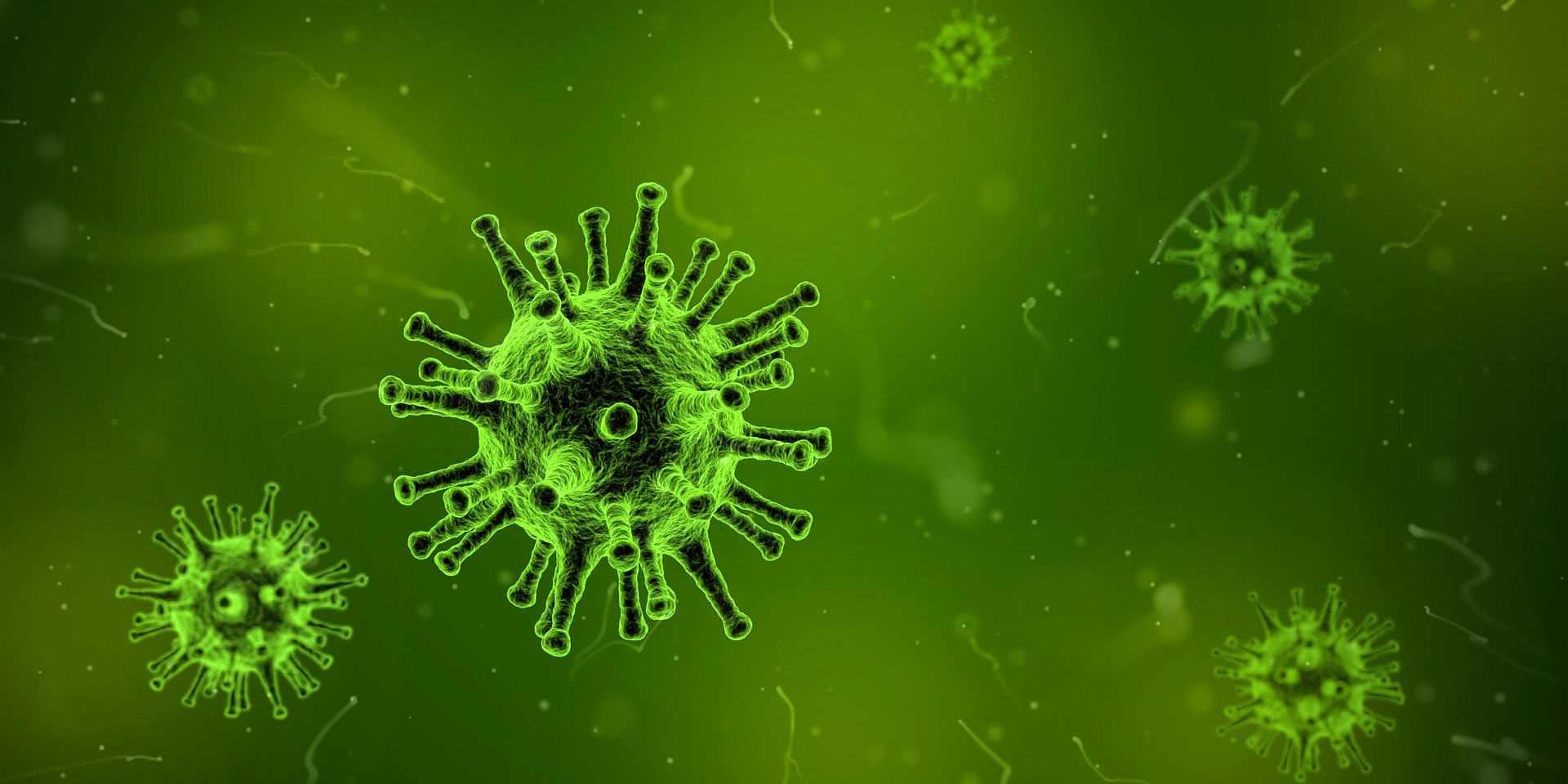 source
source
A small microbe "weighs as little as 0.00000000001 gram. A whale weighs about 100,000,000 grams. Despite that, a bacterium can kill a whale."
---Bernard Dixon, 1994.
These creatures are literally everywhere but too small to see with the naked eye. They are on every surface of our home and they have even adapted to living in boiling thermal vents and ice-covered lands. But before you get frightened about the fact that they are presently living in your body (as I was, the first time I learned about it), it is essential to know that microbes are helpful to our world in various ways.
Some examples of microbes such as bacteria and viruses are usually to blame when we get sick but it is important to understand that they typically do much more good than harm. So what precisely are these miniature creatures?
GROUPS OF MICROBES
There are five main groups of microbes populating our earth. These include bacteria, fungi, viruses, algae, and protozoa (some of these organisms are what you are most likely familiar with). Most of us have a negative association with the thought of bacteria and viruses (like when stricken with stomach flu, common cold, infections and another ailment, we begin to point fingers at this tiny culprits). Ride with me as I talk about them for the next few minutes.
- BACTERIA
They are 15 to 100 times larger than viruses and are more self-sufficient. These one-celled organisms, substantially visible under a low-powered microscope, are in three shapes: rodlike (bacillus), spherical (coccus), and curved (vibrio, spirochete or spirillum). Nearly all bacteria carry a single circular molecule of DNA, which programs (or encodes) the important genes for reproduction and other cellular functions.
Occasionally they carry accessory small rings of DNA, known as plasmids, which enable specialized functions like antibiotic resistance.
Antimicrobial resistance, on a broader term, includes resistance to drugs that deal with infections, parasites, or viruses. Bacteria carry just a single set of chromosomes instead of two, unlike more complex forms of life.
They recuperate by dividing into two cells through a process called binary fission.
The average adult human carries about 2kg of bacteria in their gut to aid digestion and helps the immune system.
- FUNGI
A wide variety of diseases in humans, from athlete’s foot to ringworm and finally to deadly histoplasmosis, are caused by these organisms. Some fungi, like yeasts, are comprised of one cell, but most of them are multicellular.
They are found in the air, in the soil, on plants, and in water. Just about half of all known fungi are injurious to humans. Most of them perform important functions such as helping materials decay and decompose in the environs.
They manifold primarily by forming spores that float in the air. These spores can be inhaled or land on human skin, which is why most fungal infections start in the lungs or on the skin. A feeble immune system can make people more liable to fungal infection.
- VIRUSES
They are very small, with different sizes from about 21 to 400 nanometers in diameter. Billions can lay on the head of a pin. Some are rod-shaped; others are round and with 20 sides, yet others have fanciful forms, with multi-sided heads and cylindrical tails.
Viruses are accountable for a vast range of diseases, including the common cold, chickenpox, influenza, genital herpes, and measles. Viruses are merely packets of nucleic acid, either RNA or DNA, encircled by a protein shell and sometimes fatty materials known as lipids. A virus is a dormant particle, lacking the raw materials needed for reproduction, outside a living cell. It takes over the cell's metabolic machinery to manufacture copies of itself that may burst out of polluted cells or merely bud off a cell membrane only when it enters a host cell.
Viruses cannot be grown in artificial media for scientific research or vaccine development, due to this lack of self-sufficiency. They can only be grown in living cells, tissue cultures, bacteria or fertilized eggs. They as well cause many of the emerging contagious diseases, some of them Ebola, AIDS, and Zika.
- ALGAE
Also known as cyanobacteria or blue-green algae, which are unicellular or multicellular eukaryotes that acquire nourishment by photosynthesis. They inhabit damp soil, water, rocks, and they manufacture oxygen and carbohydrates used by other organisms. It is well known that the origin of green land plants are cyanobacteria.
- PROTOZOA
They are unicellular aerobic eukaryotes. They have complex organelles, a nucleus and get nourishment by absorption or ingestion through specialized structures. They constitute the largest group of organisms in the universe in terms of biomass, numbers, and diversity.
Based on their mode of locomotion, protozoa have been traditionally divided: amoeboids have false feet or pseudopodia used for feeding and movement, flagellates manufacture their own food and use their whip-like structure to propel forward and finally ciliates have very small hair that beat to produce movement.
They have the ability to multiply in humans, so the presence of just a single protozoan can result in severe infection. Some of the deadliest infectious diseases worldwide are caused by these parasites including malaria and amebic dysentery.
WHEN MICROBES FIGHT BACK
Among the most feared bacteria found in hospitals are drug-resistant strains of Staphylococcus aureus. These strains cause distress to the sick and the weak, with deadly blood infections, pneumonia, and toxic shock. According to a research, staph kills about 60,000 people in the United States annually, more than those who die in car accidents.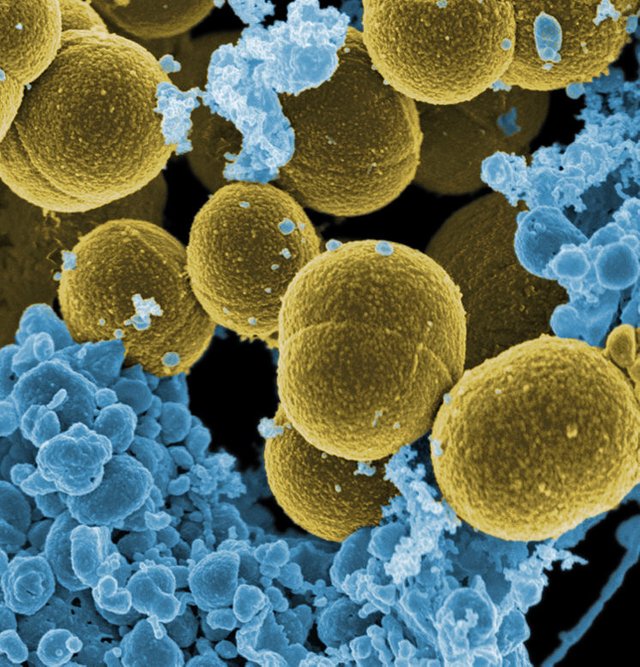 source
source
Over the years, these strains of bacteria have become so resistant to antibiotics that by 1988 there was only one antibiotic effective against them, the drug vancomycin-resisitance strains began to surface from all over the world. Yet, even when antibiotics do the job they are supposed to do, other problems may emerge.
In mid-1993, Jelyn Ray went to a hospital in the United States for a routine operation. She was expected to be back home in just a few days. Instead, she had to be admitted to the hospital for 322 days, primarily because of infections she developed after surgery.
Doctors battled the infections with heavy doses of antibiotics, including vancomycin, but the microbes counteracted back. Jelyn couldn't use her hands, her feet and she couldn't even pick up a book to read it. The doctors struggled to find out why Jelyn was still sick after months of antibiotics treatment.
Laboratory work showed that in addition to a staph infection, Jelyn had another kind of bacteria in her system---vancomycin resistance enterococcus. As the name implies, this bacteria was unscathed by vancomycin; it is also immune to every other antibiotic.
Then the doctors learned something that amazed them. The bacteria did not only resisted the drugs that should have killed it but, contrary to what they expected, it actually used vancomycin to survive! (how shocking) Jelyn's doctor, an infectious-disease specialist said that the bacteria need that vancomycin in order to manifold, and if they don't have that to multiply them, they won't grow. So, in a nutshell, they are using the vancomycin as food. The bacteria died and Joan got better after the doctors stopped giving Jelyn vancomycin.
CONCLUSION
Despite the fact that microbes typically do much more good than harm, how rogue they could go can never be overrated.
The uncompromising spread of antimicrobial resistance has been acknowledged for some time, with a number of public and private organizations publishing reports calling for action by the healthcare community, the public, and the governments.
The World Health Organization (WHO), to give an example, has announced antimicrobial resistance to be one of the top three problems in global health. Yet, efforts to control antimicrobial resistance have, generally, remained insufficient in the face of the immensity of the problem. There may be additional targets than previously conjectured, of developing drugs to fight these microbes.
Thank you for doing this with me, and please stay safe!
REFERENCES
The Microbes Fight Back: Antibiotic Resistance | When microbes fight back | microbes fight back: antibiotic resistance | What Are Microbes? | Microbes and the World | Types of Microbes
If you write STEM (Science, Technology, Engineering, and Mathematics) related posts, consider joining #steemSTEM on discord here. If you are from Nigeria, you may want to include the #stemng tag in your post. You can visit this blog by @stemng for more details. You can also check this blog post by @steemstem here and this guidelines here for help on how to be a member of @steemstem.

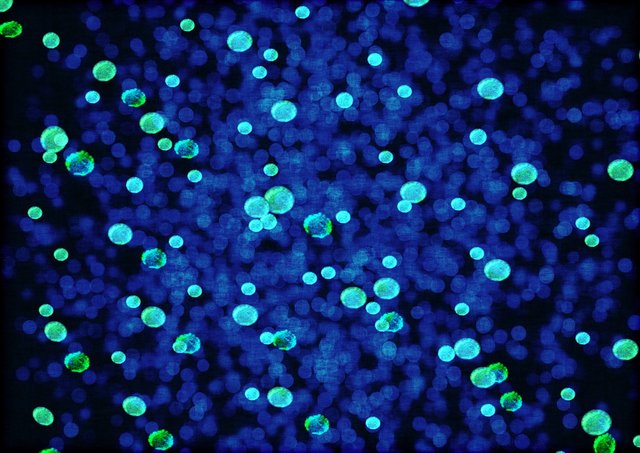
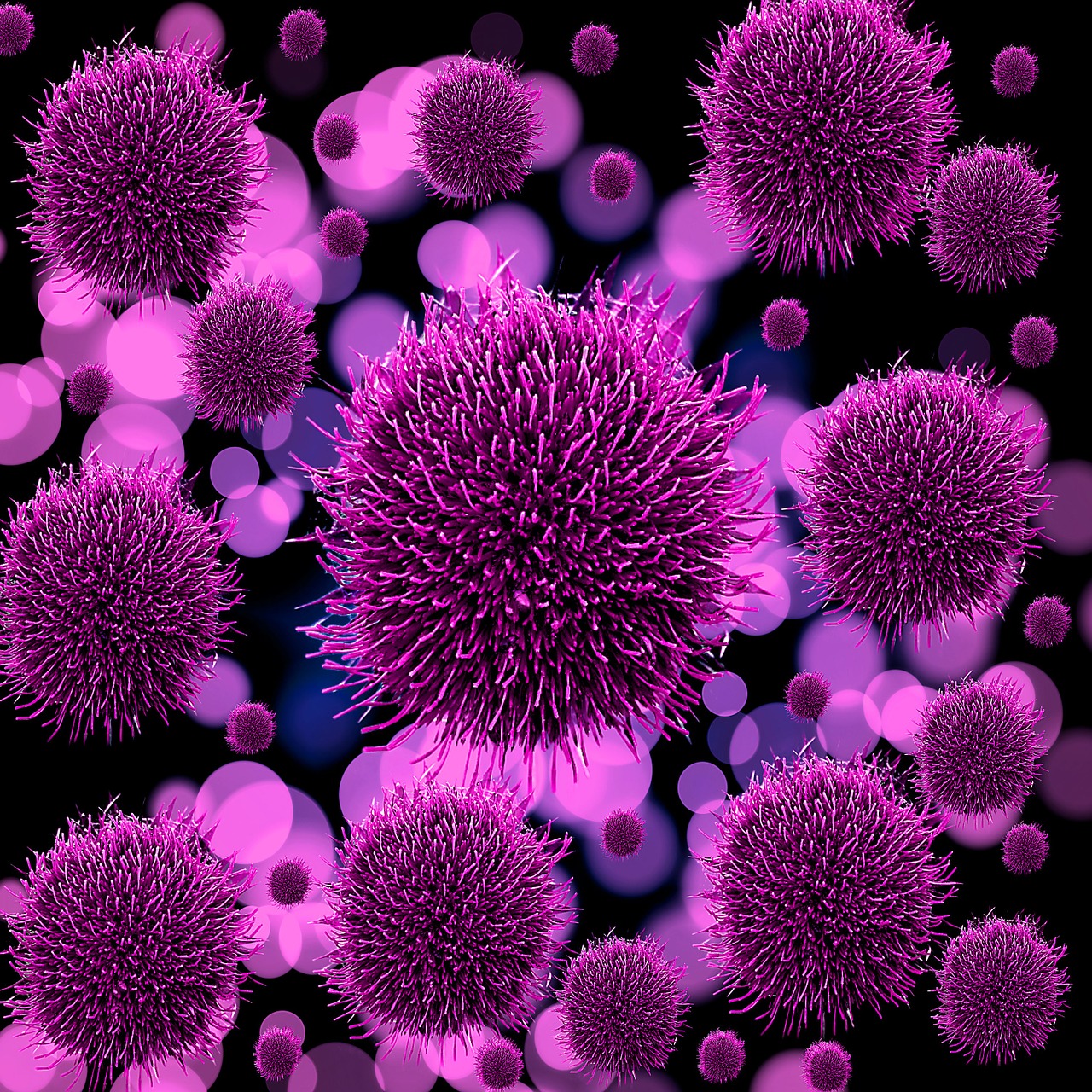
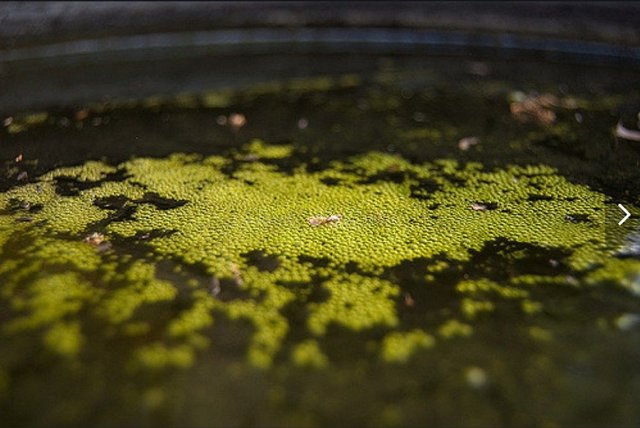

Clearly written and nicely sectioned. Bacteria feeding on vancomycin is 😮
I would like to see those microbes pitted against each other. Fungi vs viruses vs bacteria... Perhaps an idea for a future post of yours?
Wow! thanks for your contribution and the hint, i really appreciate. Would look into that. Cheers😀
yeah your righting about that of washing my basis when olate vinus very good very nice poto this is the very good poto
I think I understand what you're trying to say... Thanks for your comment
I remember back when there was the ebola virus and we had to wash our hands. These things are organisms trying to survive too although we are the superior and just casualties ij their survival.
This is a good write up Mr. Whyte.. I hope to read more of these good stuff from you.
Yeah, you're right about that... I developed the habit of washing my hands on regularly basis when ebola virus surfaced...
Thanks, you will not be disappointed
Hehehe... Nobody wanted to die na. 😂😂
Abi now
Oh my! I need gloves
Nice write up sir..
Awww... Thank you @rharphelle
Microbes as you have said have good functions but it's just sad that they pose threats to us. So I will rather frown at them than smile cos of their adverse effects.
Nice Article @whytepresh.
Lol... Perhaps I should take your side😁...
Thank you.
You are welcome.
What a smart idea! Good job @whytepresh ❤
Thanks for your comment
An interesting article about microbes, thanks for sharing...I have a question though;
Do microbes really do more good than harm?
Thanks for your comment...
Yeah, according to Dr. Jonathan Eisen, It turns out that we're covered in a cloud of microbes and they actually do us good much of the time, rather than killing us... Below are some of the great things microbes do for us;
For more information, click here
They sure do a lot... That's good to know
Ive always been a fan of handwashing so as to limit unwanted microbes in food. I like the write up.
Thanks, I appreciate that
Congratulations @whytepresh, this post is the forth most rewarded post (based on pending payouts) in the last 12 hours written by a Dust account holder (accounts that hold between 0 and 0.01 Mega Vests). The total number of posts by Dust account holders during this period was 9214 and the total pending payments to posts in this category was $1346.31. To see the full list of highest paid posts across all accounts categories, click here.
If you do not wish to receive these messages in future, please reply stop to this comment.
I need me some gloves.
Nice debut bro. ☺ ☺
Thanks @addempsea